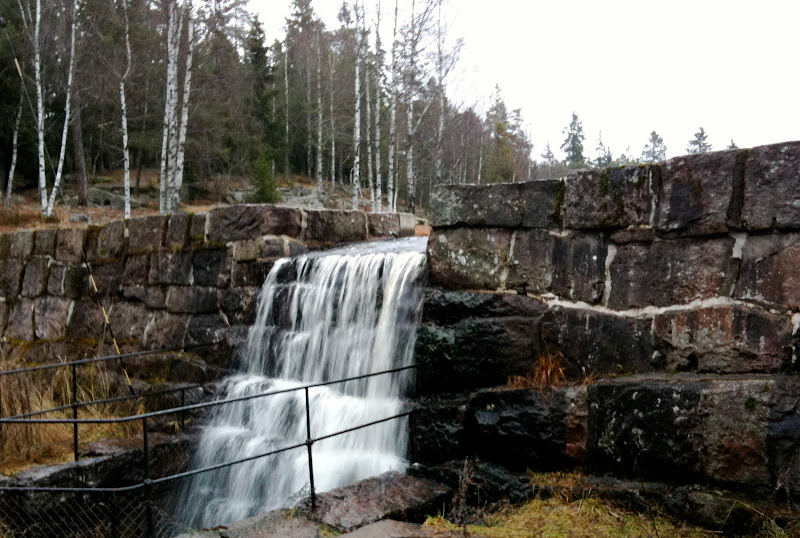 Yesterday was the first Sunday in Advent, and my Christmas gift white Amaryllis can be symbol for the Christian Church and the pure beginning of the Western liturgical year that commences on Advent Sunday.
Yesterday was the first Sunday in Advent, and my Christmas gift white Amaryllis can be symbol for the Christian Church and the pure beginning of the Western liturgical year that commences on Advent Sunday.I am not a member of any church, so I also use this day to present the Flag of Libya.
 My first visitor from Libya (the 17th largest country in the world) found my blog on November 21st.
My first visitor from Libya (the 17th largest country in the world) found my blog on November 21st.The flag of Libya (Arabic: علم ليبيا) (adopted on November 11, 1977) consists of a simple green field with no other characteristics. It is the only national flag in the world with just one color and no design, insignia, or other details.
The flag of the independent kingdom was red, black, and green with a crescent and star in the center, but after the revolution of 1969, the flag became three simple stripes of red, white, and black. In 1971, Libya joined the Federation of Arab Republics with Egypt and Syria, which used a similar flag with a hawk emblem in the center and the name of the country beneath it.
When Libya left the Federation in 1977, the new plain green flag was adopted. Green reflects the people's devotion to Islam, and is also the national colour of Libya.
 By the fifth century BC the greatest of the Phoenician colonies, Carthage, had extended its hegemony across much of North Africa, where a distinctive civilization, known as Punic, came into being. Punic settlements on the Libyan coast included Oea (Tripoli), Libdah (Leptis Magna) and Sabratha. All these were in an area that later was called, Tripolis, or "Three Cities".
By the fifth century BC the greatest of the Phoenician colonies, Carthage, had extended its hegemony across much of North Africa, where a distinctive civilization, known as Punic, came into being. Punic settlements on the Libyan coast included Oea (Tripoli), Libdah (Leptis Magna) and Sabratha. All these were in an area that later was called, Tripolis, or "Three Cities".Libya's current-day capital Tripoli takes its name from this.
According to the map of Herodotus from about 450 BC, Libya was a major area of the Mediterranean southern Seashores (North Africa) including Carthago. We have all learned in our history lessons how Marcus Porcius Cato Maior (Cato the Elder) always ended his speeches in the Roman Senat: "Carthago delenda est or the fuller Ceterum censeo Carthaginem esse delendam" (Carthage must be destroyed).
The ruins of Carthage (presently in Tunisia) is now on the UNESCO World Heritage List.
If you want to learn more facts about Libya, go HERE















































